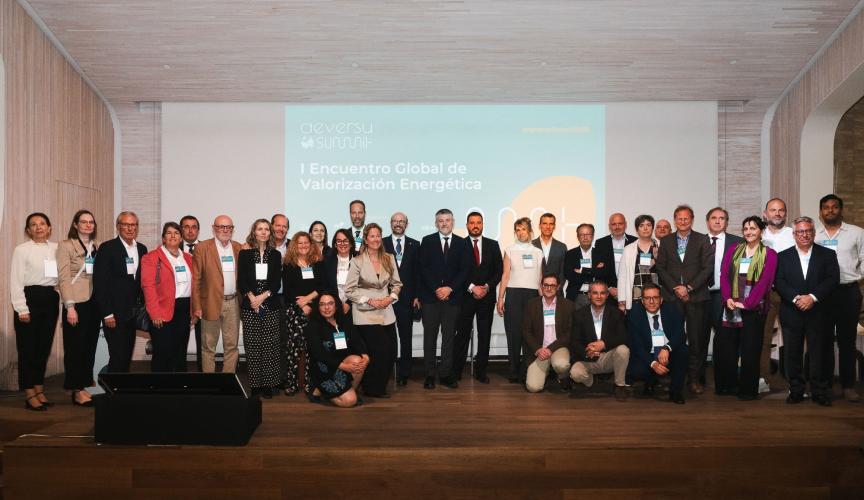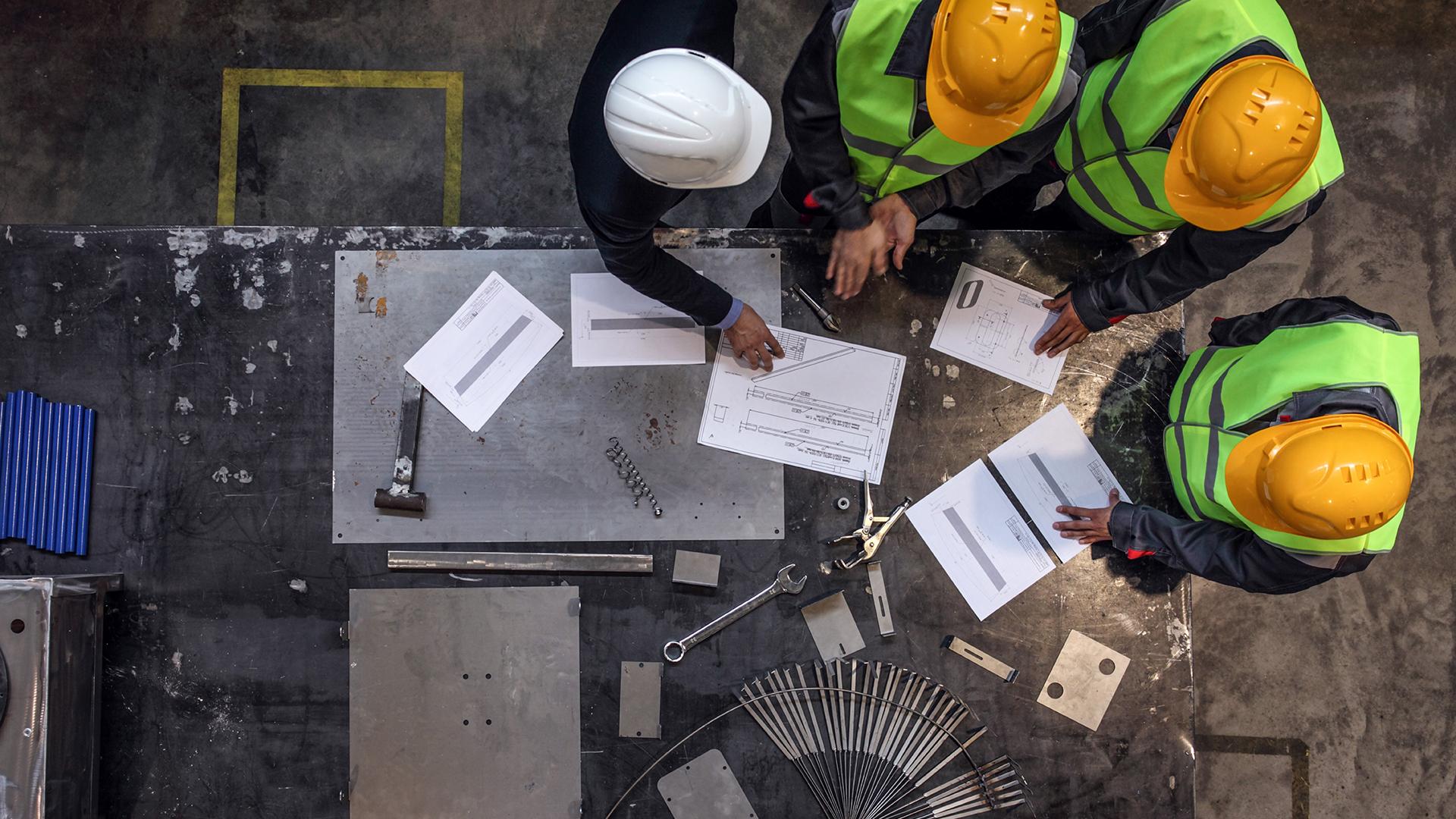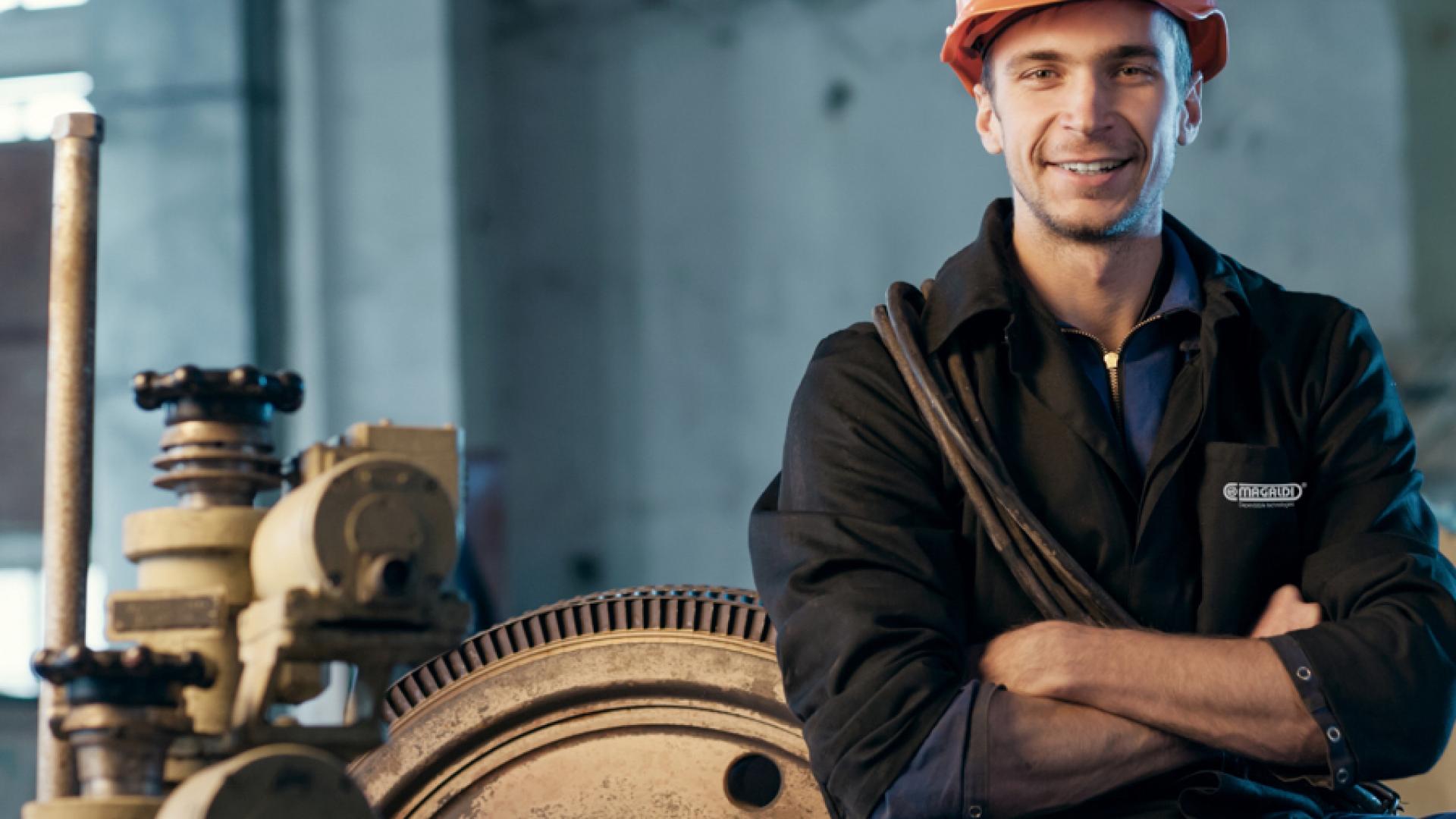
As the world moves toward cleaner, more circular economies, Waste-to-Energy (WtE) is becoming an essential pillar of sustainable waste management.
While many European countries have made significant strides in reducing landfill use, Spain remains at a critical crossroads, with over 47%* of municipal solid waste (MSW) still ending up in landfills. This is far above the EU average and represents both a challenge and a call to action for policymakers, industry, and technology providers.
*Source: AEVERSU based on data from the Ministry of Ecological Transition and Demographic Challenge. Annual report on municipal waste generation and management (2021)
The Spanish Waste Landscape: Lagging Behind in Landfill Diversion
Spain’s reliance on landfilling is a pressing issue. Despite EU directives pushing for landfill reduction, such as the EU Landfill Directive (1999/31/EC), which mandates that no more than 10% of municipal waste should be landfilled by 2035, Spain continues to fall short of intermediate targets.
The National Framework Plan for Waste Management (PEMAR) acknowledges WtE as a necessary part of the hierarchy, especially for non-recyclable waste. However, regulatory uncertainty, lengthy permitting processes, and public opposition rooted in outdated perceptions of incineration have hampered large-scale investment in WtE infrastructure.
There is, however, a window of opportunity. The EU Green Deal and the NextGenerationEU recovery fund provide crucial momentum for modernizing Spain’s waste sector, including investment in cleaner technologies like WtE. Carbon pricing and circular economy policies at both EU and national levels also offer financial incentives that could tip the scales in favor of sustainable waste solutions.
AEVERSU: Advocating for a Smarter Waste Future
Amid these challenges, the Spanish Association of Urban Waste Recovery and Energy Valorization (AEVERSU) has emerged as a key voice in the national conversation.
Bringing together the country’s major WtE companies, AEVERSU represents a vital bridge between public institutions, industry stakeholders, and the broader community. Its mission includes dispelling myths surrounding WtE, promoting its role in climate goals, and ensuring it is seen not as a competitor to recycling, but as a complementary solution for non-recyclable waste.
This mission was brought to life during the first-ever AEVERSU Summit, held on May 8 in Madrid, where industry experts, government representatives, and technology leaders gathered to shape Spain’s sustainable waste future.
Magaldi was pleased to participate in the AEVERSU Summit, driven by the goal of sharing technical expertise to support informed, data-driven decision-making in Spain’s evolving waste management landscape.
Magaldi and the MADAM System: Rethinking Ash Management for a Circular Future
One of the most overlooked aspects of WtE is what happens after combustion, specifically, the management of Incinerator Bottom Ash (IBA).
Historically, wet systems have been used to extract and cool IBA from boilers. However, these systems come with high water consumption, environmental risks, and limited recovery of valuable materials from ash.
Magaldi offers a fully integrated solution: the MADAM (Magaldi Dry Ash Management) system. This groundbreaking system handles IBA extraction, cooling, and treatment in a dry process that generates valuable secondary resources while eliminating the need for IBA landfilling.
Powered by the Magaldi Ecobelt® WA technology, MADAM combines dry extraction, air cooling, mechanical conveying, and downstream treatment in a seamless process that delivers substantial environmental and economic benefits:
- REDUCED ENVIRONMENTAL FOOTPRINT
- Eliminates water usage and the need for water treatment
- Reduces ash weight, lowering landfill volume and disposal costs
- Cuts demand for primary mining and its associated environmental impacts
- MAXIMIZED METAL RECOVERY
- Recovers ferrous and non-ferrous metals down to 0.2 mm
- Achieves higher purity of recovered metals, potentially doubling revenue from metal sales (especially non-ferrous)
- POTENTIAL UTILIZATION OF MINERAL FRACTION
- Post-treatment ash contains fewer toxic heavy metals, making it more suitable for beneficial reuse
- Post-treatment ash contains fewer toxic heavy metals, making it more suitable for beneficial reuse
- IMPROVED SAFETY, RELIABILITY, AND OPERATIONAL EFFICIENCY
- Built around Magaldi’s patented technology for robust, dependable, continuous, and low-maintenance operation.
What’s Next for Spain?
To catch up with northern European countries and meet EU landfill diversion targets, Spain must scale up its WtE capabilities. That requires more than just building plants—it requires smart technologies, informed public engagement, and a national commitment to circularity.
The MADAM system presents a strategic opportunity to simultaneously reduce environmental burden and recover valuable resources from residual waste streams.
By employing a dry approach to extraction and cooling, MADAM minimizes the moisture content in ash - lowering its mass by approximately 20% compared to conventional wet systems. This directly translates into reduced transport and landfill disposal costs, easing the burden on Spain’s already overused landfill infrastructures.
More critically, the system enables highly efficient separation and recovery of ferrous and non-ferrous metals, which can be extracted in higher purity and yield under MADAM’s dry conditions—maximizing their market value.
Additionally, thanks to its flexibility and scalability, the MADAM system is ideally suited for both new facilities and retrofitting existing WtE plants. It can be implemented progressively rather than as a single, large-scale investment. Operators can scale the system based on budget, capacity, and configuration, achieving greater efficiency and sustainability – one step at a time.

